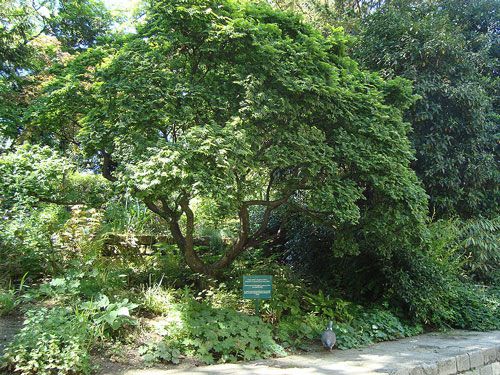-
 Green sea turtle
Green sea turtle
-
 Giant panda
Giant panda
-
 Aspiration
Aspiration
-
 Topocentric
Topocentric
-
 Fusiform
Fusiform
-
 DID
DID
-
 Anthelminthics
Anthelminthics
-
 Solar sail
Solar sail
-
 Exothermic
Exothermic
-
 Pressure ulcer
Pressure ulcer
-
 Hydrogeology
Hydrogeology
-
 UAC
UAC
-
 Sinusitis
Sinusitis
-
 Jarosite
Jarosite
-
 Photolyase
Photolyase
-
 Demyelination
Demyelination
-
 Biguanide
Biguanide
-
 Collaborative software
Collaborative software
-
 PSP
PSP
-
 Ergotamine
Ergotamine
-
 Neural network
Neural network
-
 Proteoglycan
Proteoglycan
-
 Phthalate
Phthalate
-
 Porosity
Porosity
-
 antiarrhythmics
antiarrhythmics
-
 Rorqual
Rorqual
-
 Cytology
Cytology
-
 Genetic pollution
Genetic pollution
-
 RC4
RC4
-
 Home automation
Home automation
Field elm
The field elm is a common tree that grows in hedges and can reach heights of 30 to 35 metres. It can live up to 500 years. A serious disease, Dutch elm disease, has already caused significant damage to this tree, by drying out its branches.

Field elm. © Wouter Hagens public domain
Names
The field elm (Ulmus campestris) (Ulmus minor), also called the "Cornish elm", "smooth-leaved elm" or "narrow-leaved elm", is a member of the Ulmaceae family.
Botanical description
The crown of this elegant species is irregular, with few, very thick main branches. Its brownish black bark cracks deeply in patches. Its reddish brown branches are thin but solid, and sometimes have corky wings. Its deciduous leaves are alternate, of an oval to rounded shape with a short pointed end. They are curiously asymmetrical with a larger limb on one side and their edges are doubly dentated. This foliage turns a beautiful golden colour in autumn. Its flowers appear in March, before the leaves, and do not have petals, but have an easily recognisable purplish-red stamen. Its fruit are samara, with a sort of rounded and indented wing that holds an off-centre seed.
Origins
This beautiful tree comes from the British Isles, but grows throughout Europe, Western Asia and Northern Africa, most often in regions rich in alluvia. During the Middle Ages, in Southern France, justice was delivered in its shade!
Growing conditions
The fieldelm requires fertile and cool, non-acidic soil as well as sunny locations. It is very resistant to cold and supports temperatures down to -35°C.
Use
In the past, the foliage of the field elm was used as feed. Its wood is hard and resists humidity. It is traditionally used for construction, wheel hubs, water mills and pulleys.
Author: Michel Caron
 Field elm. © LPLT Creative Commons Attribution-Share Alike 3.0 Unported, 2.5 Generic, 2.0 Generic and 1.0 Generic
Field elm. © LPLT Creative Commons Attribution-Share Alike 3.0 Unported, 2.5 Generic, 2.0 Generic and 1.0 Generic
Latest
Fill out my online form.



